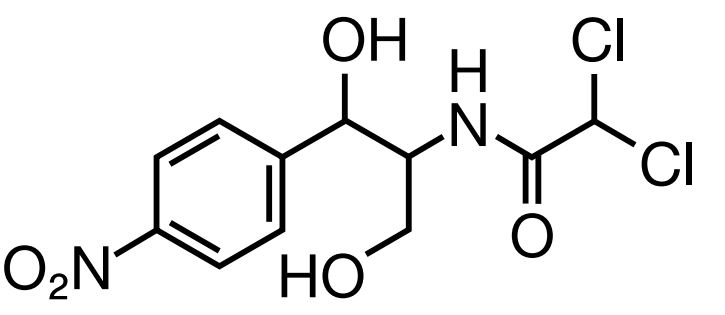Determination of chloramphenicol from honey
Chloramphenicol (CAP) is a widely used broad spectrum antibiotic in food of animal origin. It is often used as a bacteriostatic antimicrobial agent in honey production.
The negative impacts of CAP on human health is widely known, which makes the compound an unacceptable substance for use with any food producing animals such as honey bees(1). The European Union (EU), as well as many other countries, including the United States and Canada, have completely banned the usage of CAP in the production of food. In order to protect human health, the European food law sets maximum residue limits of CAP at 0.3 µg/kg honey(2).
In the application note an automated Solid Phase Extraction (SPE) method for the determination of CAP from honey using CHROMABOND HLB on LCTech Free-Style SPE Module was developed(3).
Download application note: Determination of chloramphenicol from honey
The results show that the determination of CAP from honey could be performed successfully with all the tested products. By using SPE with CHROMABOND HLB it is possible to recover more than 90% of CAP from honey with good reproducibility.
Additional information regarding “Determination of chloramphenicol from honey” can be found on our application database at https://chromaappdb.mn-net.com/
Access to application: Chloramphenicol from honey on HLB phases by automated SPE
Access to application: Analysis of chloramphenicol with LC MS-MS detection
References:
(1) Side-effects of chloramphenicol and aureomycin, Br. Med. J. 1951, 384-2, 388-392.
(2) Regulation (EG) No. 470/2009.
(3) H.R. Wollseifen et al., MACHEREY-NAGEL appl. Department (02/2018).






